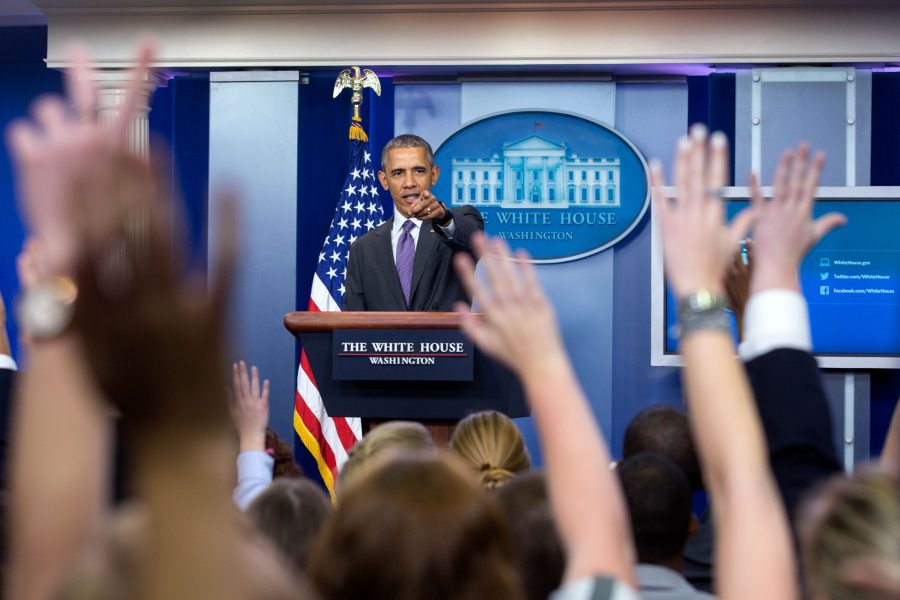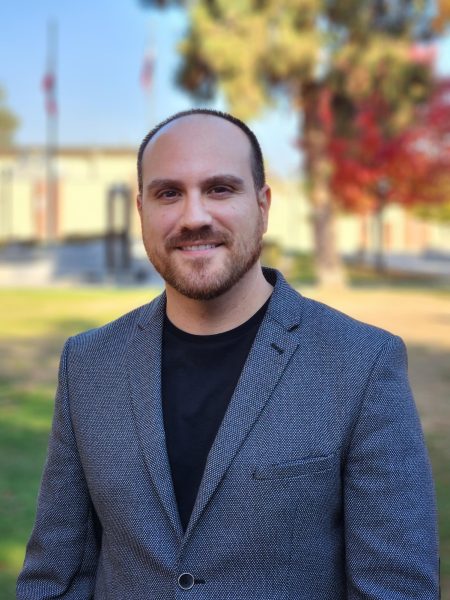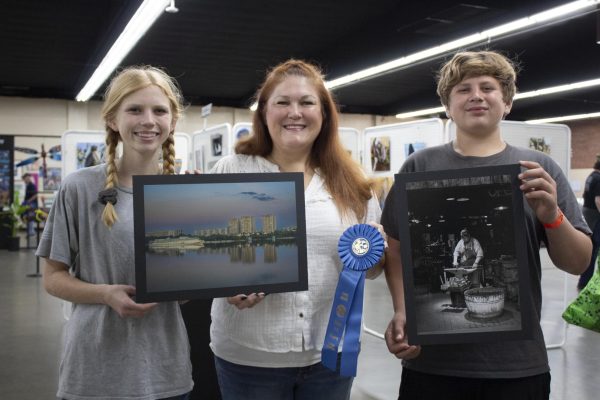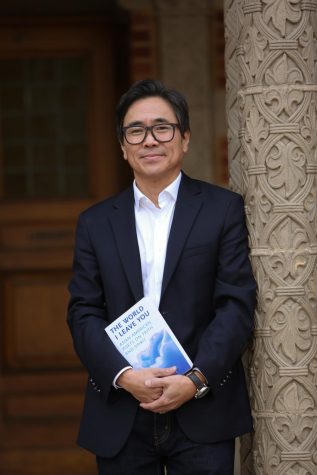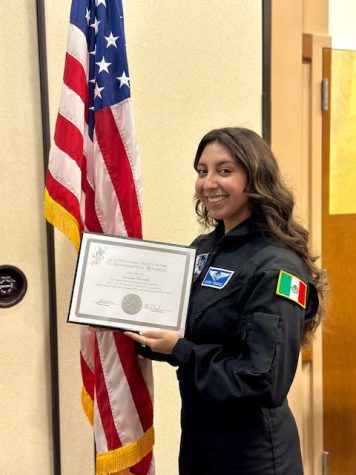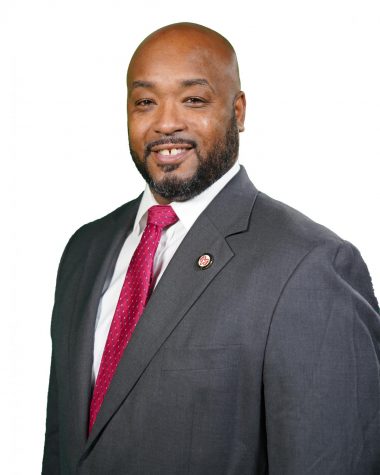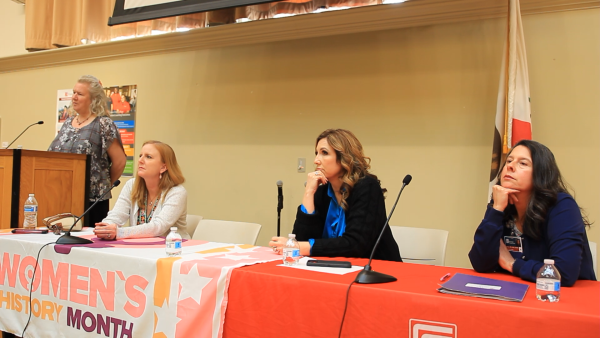‘Mr. President’: A Day at The White House
Photo by: The White House
President Barack Obama takes questions from student reporters during College Reporter Day in the James S. Brady Press Briefing Room of the White House, April 28, 2016. (Official White House Photo by Amanda Lucidon) This official White House photograph is being made available only for publication by news organizations and/or for personal use printing by the subject(s) of the photograph. The photograph may not be manipulated in any way and may not be used in commercial or political materials, advertisements, emails, products, promotions that in any way suggests approval or endorsement of the President, the First Family, or the White House.
I participated in the first ever College Reporter Day with about 50 other college reporters from across the nation.
Right after President Obama’s trip to Fresno to discuss the drought in February 2014, I signed up to receive emails from the White House regarding stories that affect college students, or the state of California.
So for the past two years, I felt that, in a way, I had become a White House correspondent and had seen the pinnacle of my chosen profession. But being able to be in the White House and see those who are at the pinnacle, is difficult to put into words.
I felt on top of the world.
For me, one of the highlights of this special day was meeting and asking questions of select members of the White House Press Corps — Scott Horsley of NPR, Toluse Olorunnipa of Bloomberg News, Christi Parsons of the Los Angeles Times and Chicago Tribune, Carolyn Kaster a photographer for the Associated Press, Jon Karl of ABC News and Jennifer Bendery of the Huffington Post.
Not only were they helpful in giving us advice for how to advance our futures as journalists, but shared with us tales about climbing the media ladder, and an idea of what to expect as we attempted to do the same.
Speaking to them and receiving advice and encouragement from professionals living my dream was invaluable.
Throughout the day, we were briefed on the “It’s On Us” sexual assault campaign, college affordability, the Supreme Court nomination and national service.
The last event on our itinerary was the briefing with Josh Earnest, during which we would get a chance to ask him any questions we could think of, and he would give an official response from the administration.
As we were being led into the James S. Brady Press Briefing Room, I realized that we were going to get the opportunity to, if only for about an hour, replace those professional reporters who had answered our questions earlier in the day.
For two weeks before the trip, I studied the press briefings. I wanted to learn how the professionals asked questions, what kind of issues they asked about and what kind of answers Earnest gave.
Standing in the briefing room with professional journalists all around, an NBC cameraman gave those of us standing in the back of the room some tidbits about the press secretary. He told us Earnest is regularly late, and we should use the extra time to deal with our nerves. I certainly had a lot of nerves but fought to not let anyone see them.
Being only one of a handful of the college reporters from a community college, I felt an added pressure to make sure that I was able to hold my own the entire day, and prove to myself that I deserved to be invited.
When the press secretary finally came out and took his place behind the podium, there was a bit of a hush as he explained what he was preparing to do.
“People can ask whatever they want, and the whole thing takes place on the record, for everybody to see, on camera, and it is an important part of our democracy,” Earnest said. “I’m glad that we’ll be able to do it in a way that all of you can participate.”
Then, for about half an hour, he answered our questions, topics ranged from the cost of college to how Earnest sees his role as the press secretary.
While the press secretary answered a question asked by Jacob Solis of the University of Nevada, Reno, about the Pay-as-You-Earn program set up by the administration, he was interrupted by a familiar voice.
“Hey everybody,” President Obama greeted.
An audible gasp came from the students, and every phone went up to capture the moment in pictures. President Obama stood right in front of all of us.
He explained a little bit more about the goals he had laid out for his administration on college issues, and then gave us all an opportunity to do something that even some professionals in the room have not been able to do, the chance to ask a question directly of the president of the United States of America.
I was privileged to ask the president the final question of the evening; it was a question regarding a recent poll by Reuters showing that a majority of Americans believe that the process used to select the American president is “rigged”, and nearly 7 out of 10 people want to see that process changed.
The president’s response was lengthy, but he spoke about gerrymandering, money in politics and the importance of the youth vote.
“It doesn’t matter whether you’re a Republican, Democratic, Independent, whether you’re conservative on some issues, liberal on others,” Obama said. “If you participate, and you take the time to be informed about the issues, and you actually turn out, and your peers turn out, you change the country.”
Once his answer was completed and he had left, we all stuck around and took as many pictures as we could to memorize the moment that had just passed.
Being able to stand behind the podium that the president of the United States had just left, capped off the most exhilarating time that this young reporter’s career.
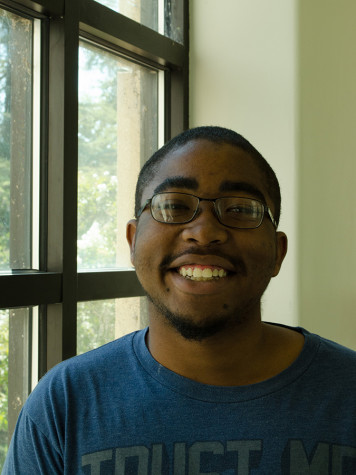
Follow @forrestp8
// Patrick is in his fifth semester at Fresno City College and at the Rampage. He was born Feb. 5, 1994 and raised in Chicago his entire...

